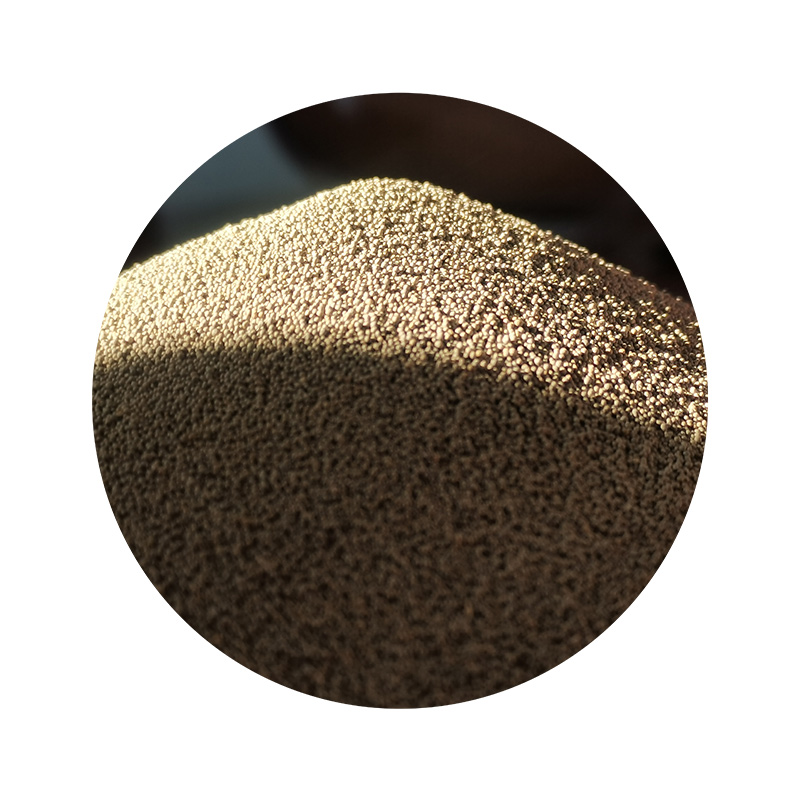The Sand Cast A Journey Through Creation
In the world of art and craftsmanship, few mediums are as versatile and ancient as sand. Sand casting, a process that has been used for thousands of years, is integral to both artistic expression and industrial production. This technique combines the elemental beauty of sand with the innovation of modern applications, creating a bridge between past and present.
At its core, sand casting involves creating a mold using sand mixed with a binding agent. The process begins with a pattern, typically made from metal or wood, that represents the desired final product. The pattern is placed in the sand, which is then compacted around it to create a mold. This initial step is crucial, as the detail and precision of the mold will directly influence the final cast.
The Sand Cast A Journey Through Creation
After the mold has been prepared, molten metal is poured into the cavity left by the pattern. This is where the magic happens. As the metal cools and solidifies, it takes on the shape of the mold, transforming the raw material into a finished product. The careful control of temperature and timing during this phase is essential; too quick, and the metal might not fill the mold completely, too slow, and the final casting could be flawed.
the sand cast

Once the metal has cooled, the casting is removed from the mold, a process often referred to as knocking out. This step reveals the final product, which is often filled with a sense of anticipation and excitement. For many artisans, this moment is the culmination of hours of work, creativity, and passion. The finished piece is then cleaned and may undergo further processing, such as polishing or plating, to enhance its aesthetic appeal.
The applications of sand casting extend far beyond the artistic realm. In industry, this technique is essential for manufacturing large and complex components, such as engine blocks and machinery parts. Its durability and capacity for high production volumes make it a favored choice for many engineers and manufacturers. Moreover, advancements in technology have led to the integration of computer-aided design (CAD) and 3D printing in the sand casting process, allowing for even greater precision and innovation.
Moreover, sand casting has become a canvas for contemporary artists, who explore the interplay between materials and form. From sculptures that challenge traditional notions of space to functional art pieces that blend beauty and utility, artists are pushing the boundaries of sand casting in exciting ways. The flexibility of the material encourages experimentation, enabling creators to blend various elements, textures, and colors, resulting in unique works that provoke thought and inspire dialogue.
In conclusion, the world of sand casting is a rich tapestry woven from history, technology, and creativity. Whether in industrial applications or artistic exploration, the fusion of sand and metal offers endless possibilities. As we continue to innovate and explore the potential of this ancient technique, we honor the craftsmanship of those who came before us, while also paving the way for future generations of creators. Sand casting, in all its forms, remains a powerful testament to the enduring relationship between humanity and the materials we manipulate to express our ideas and dreams.
Post time:Dec . 19, 2024 16:22
Next:Exploring the Features and Benefits of Super Sand G2 for Outdoor Projects
